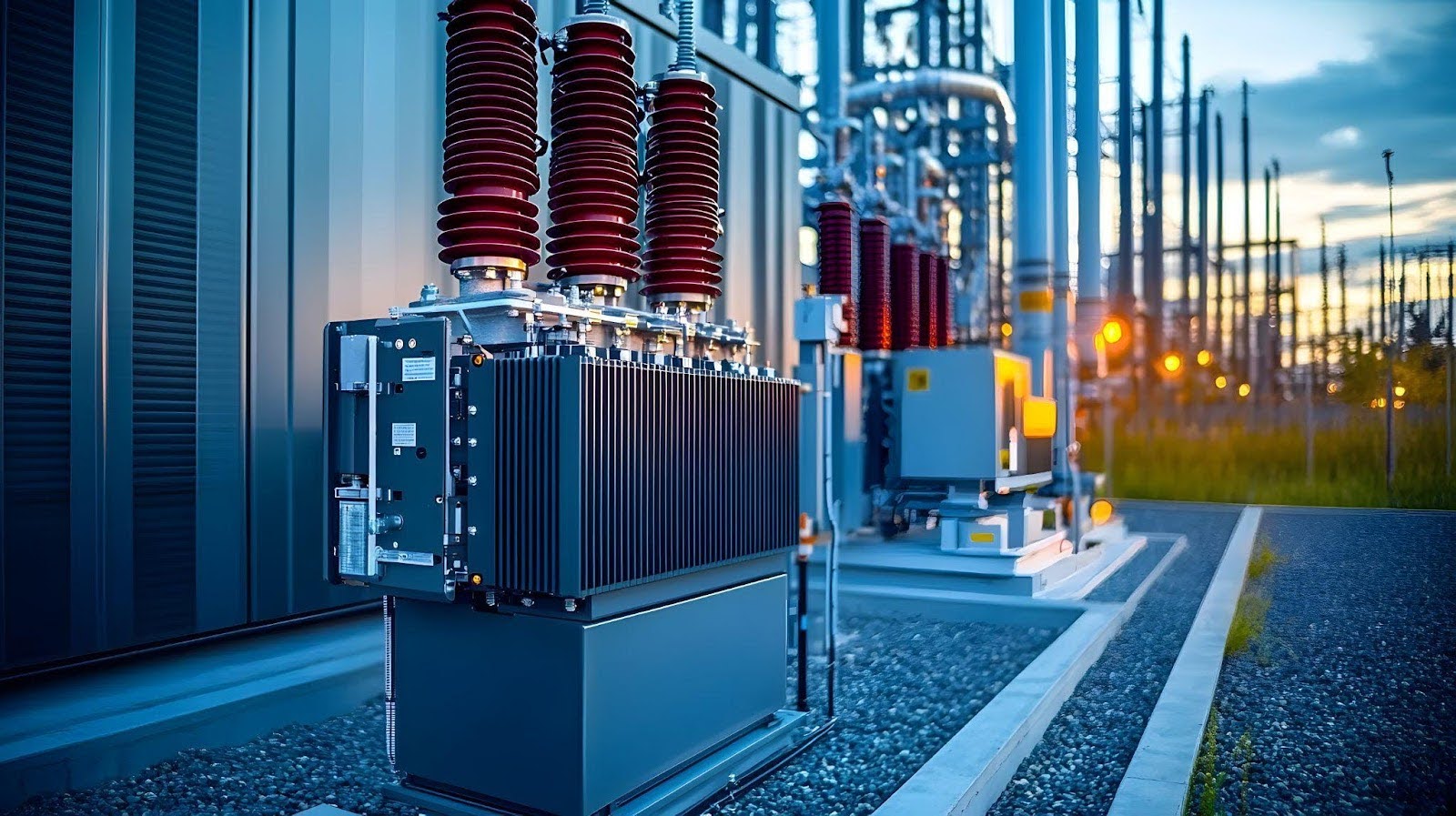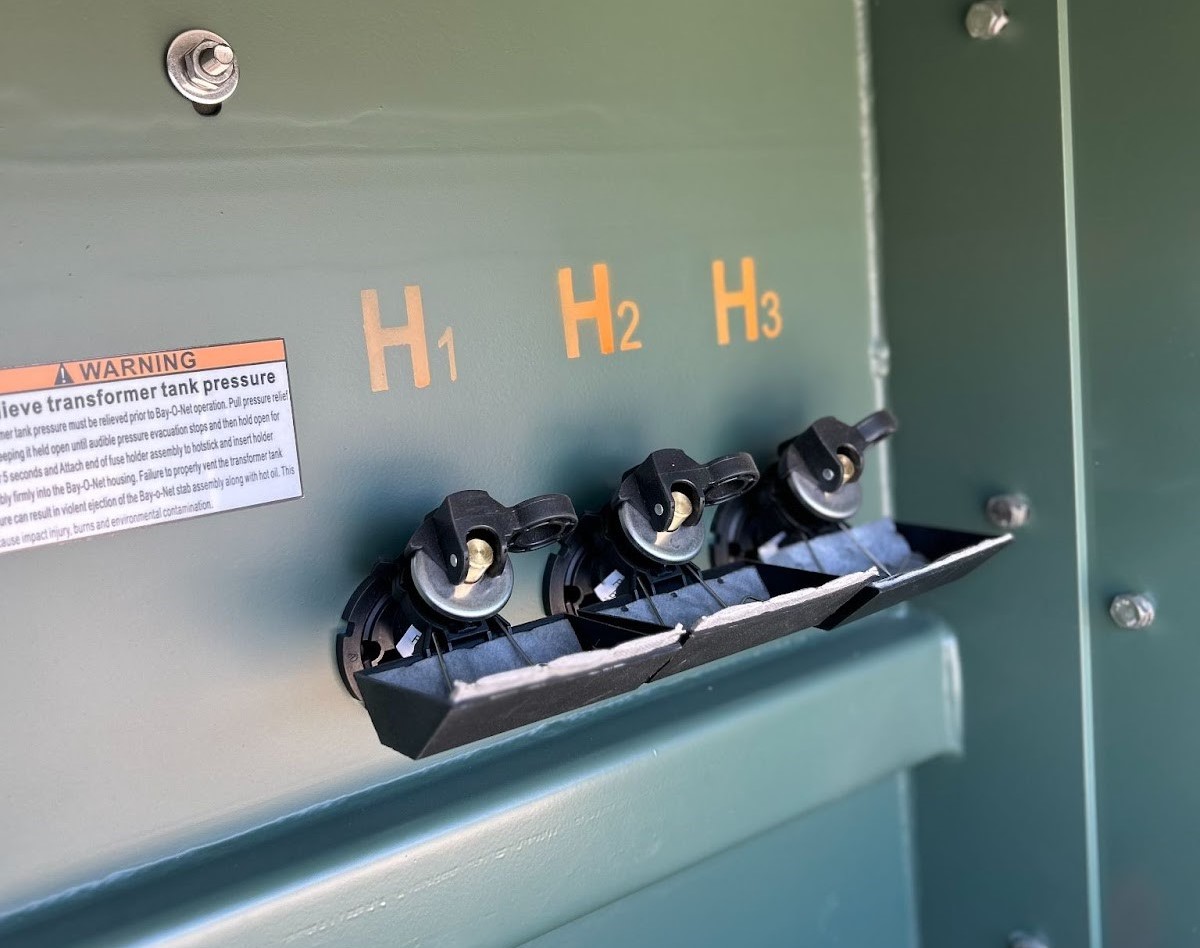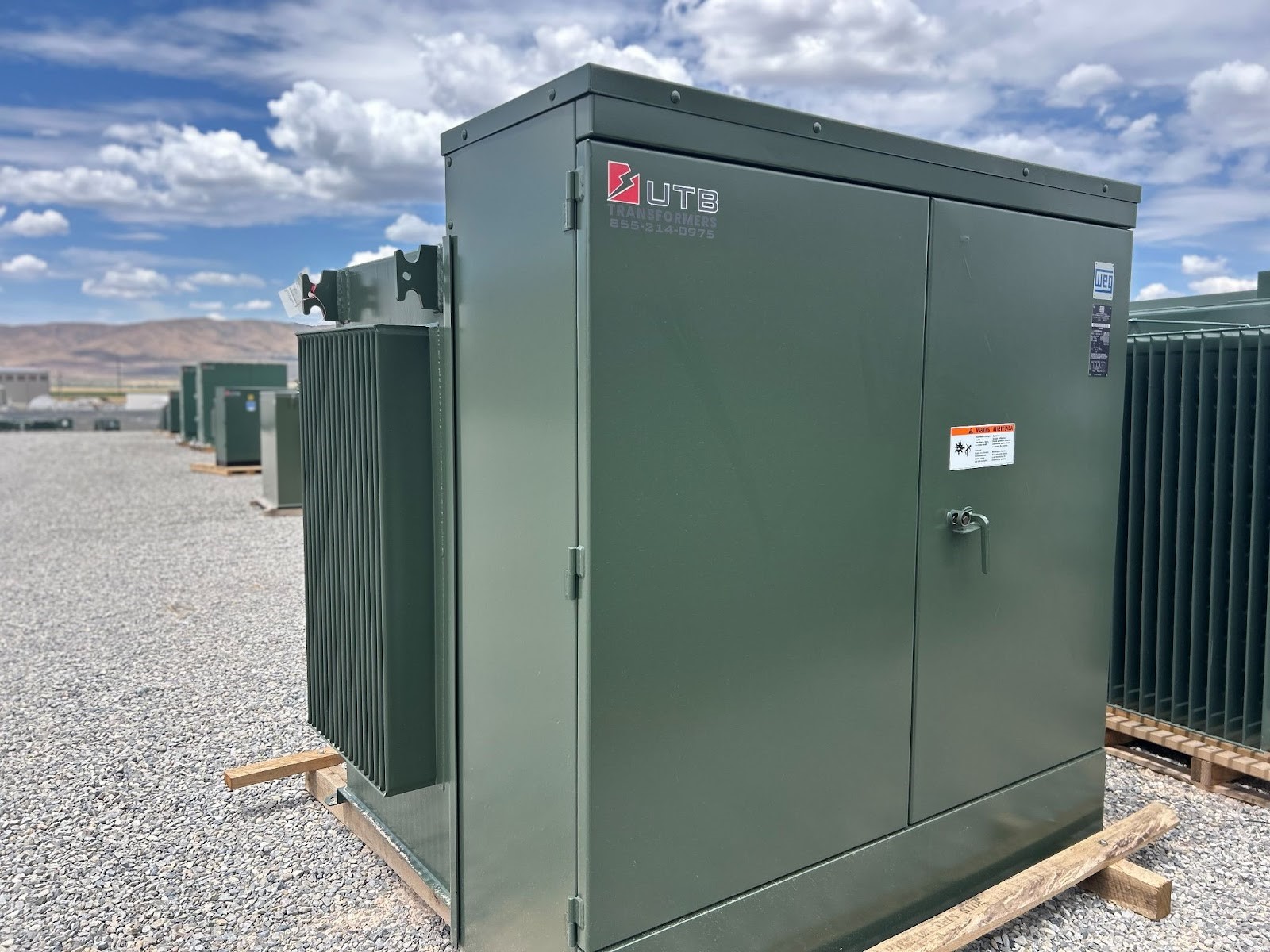Choosing the right transformer for a specific application helps ensure optimal performance, long-term reliability, safety, and cost efficiency.
Transformers are integral to many electrical systems, and selecting the wrong type or size can lead to a range of operational problems, including inefficiencies, increased maintenance costs, and potential system failures.
Additionally, improper transformer selection can result in financial setbacks due to unnecessary energy losses or the need for premature replacements.
Understanding the specific requirements of your electrical system and choosing a transformer that aligns with those needs will help you avoid these issues and maximize the transformer’s effectiveness and lifespan.
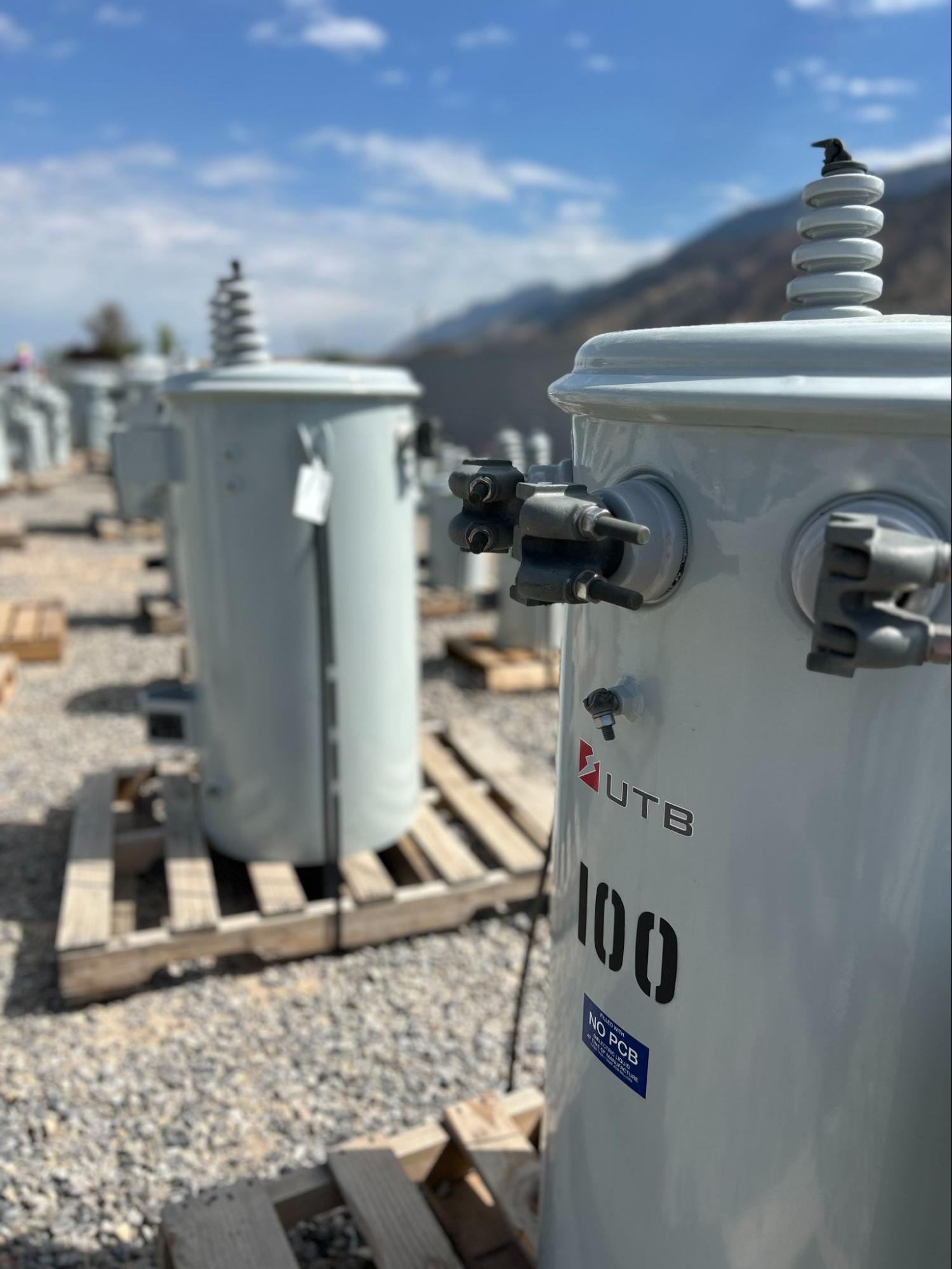
Safety
Undersized transformers operated above their rated capacity can overheat, degrade insulation materials, and significantly increase the risk of fire or explosion. Thermal stress compromises internal components and may lead to catastrophic failure.
Additionally, damaged transformers or deteriorated insulation may cause electrical hazards such as electric shocks or arc flash events. These incidents pose serious safety risks to technicians and personnel working near or maintaining the equipment.
Overloading a transformer may also cause it to trip protective devices like circuit breakers or blow fuses. This disrupts power to critical systems and may damage sensitive equipment relying on a steady power supply.
Efficiency and cost
Using an incorrectly sized transformer may lead to significant energy losses. When a transformer operates inefficiently, excess energy is dissipated as heat, which increases utility bills and reduces the overall efficiency of the electrical system.
Operating a transformer in unsuitable conditions or beyond its design capacity accelerates wear and tear, leading to early breakdowns and expensive replacements. In contrast, oversized transformers come with higher initial costs and may remain underutilized, representing a poor return on investment.
Choosing the right transformer size and type helps maintain a balanced load, reduces energy loss, and lowers both immediate and long-term operational costs.
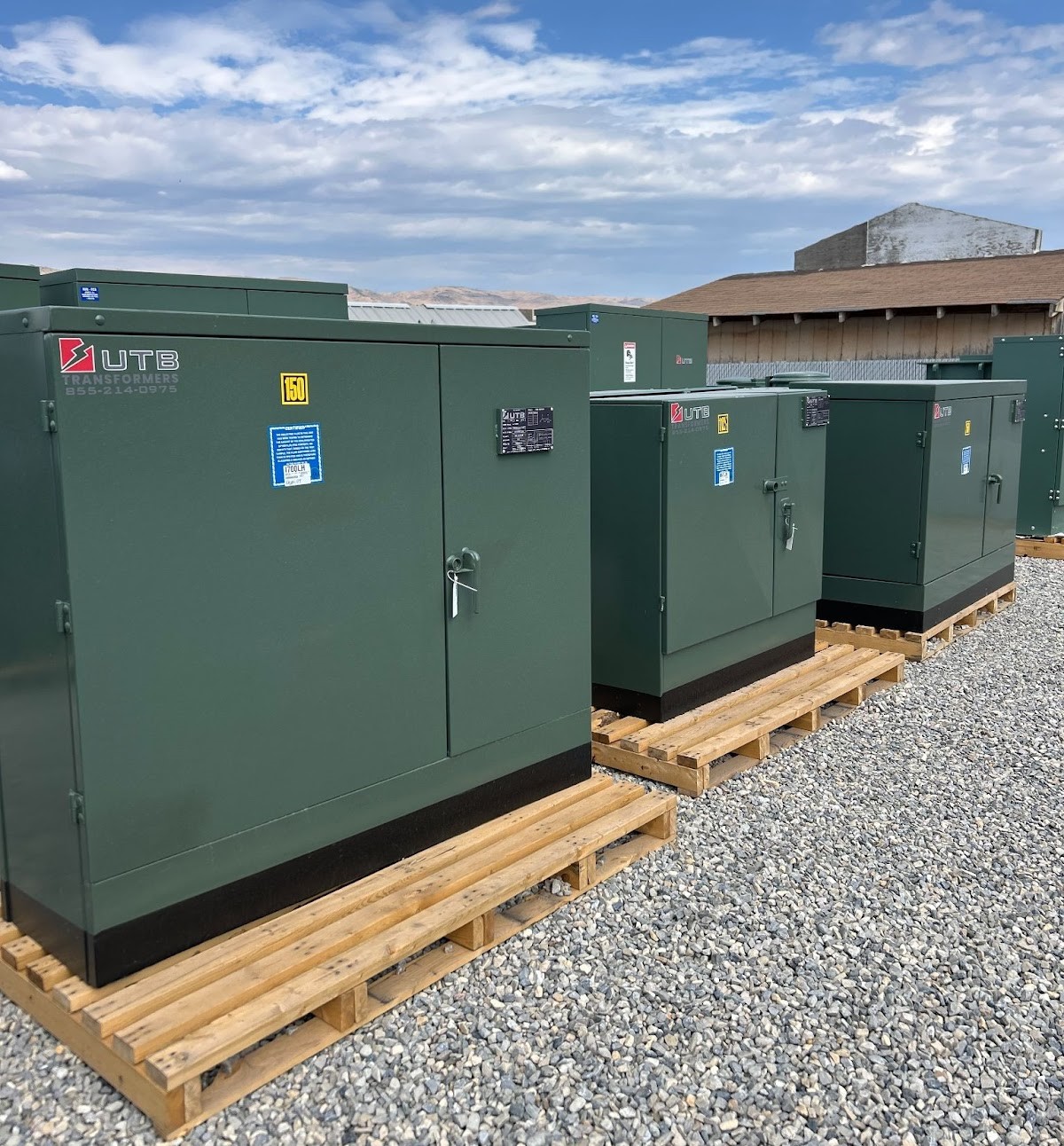
Reliability and performance
An undersized or improperly matched transformer can struggle to regulate voltage consistently. This instability can degrade the performance of connected equipment and reduce its operational lifespan.
Voltage fluctuations — such as sags or drops — can cause sensitive electronics or machinery to malfunction or shut down unexpectedly. Such unplanned downtime can be extremely costly, particularly in industrial or commercial settings.
Transformers must also be compatible with the system’s voltage, frequency, and phase requirements to ensure consistent and uninterrupted operation. Failure to meet these criteria can lead to long-term reliability issues and frequent maintenance needs.
Factors to consider when choosing a transformer
- Load requirements: Determine the total electrical load the transformer will support, including any future expansions or additional equipment.
- Voltage levels: Ensure the transformer can handle the system’s required primary (input) and secondary (output) voltage levels.
- Phase configuration: Select between single-phase or three-phase transformers based on the application and distribution needs.
- Frequency: Match the transformer’s frequency (typically 50 Hz or 60 Hz) with the local power grid or equipment specifications.
- Efficiency rating: Consider transformers with high energy efficiency ratings to reduce operational costs and energy losses.
- Cooling method: Choose between air-cooled (dry-type) and oil-cooled transformers based on environmental conditions and space availability.
- Environmental conditions: Assess factors like temperature, humidity, and exposure to dust or corrosive substances, which can affect transformer performance.
- Safety standards and regulations: Ensure the transformer complies with local electrical codes, standards (such as IEEE, ANSI, or IEC), and safety certifications.
- Physical size and installation space: Verify that the transformer can be installed in the available space and is accessible for maintenance.
- Budget and lifecycle cost: Consider both initial costs and long-term operating costs, including energy consumption, maintenance, and potential downtime.
Ready to power your operations with confidence? Trust UTB Transformers
At UTB Transformers, we specialize in high-quality transformers, switchgear, breakers, voltage regulators, and reclosers designed for performance, safety, and long-term reliability.
Whether you’re upgrading your infrastructure or planning a new installation, our experts are here to help you choose the right electrical equipment for your specific application.
Don’t risk downtime, inefficiency, or safety hazards. Choose the right transformer the first time.
Contact UTB Transformers today for expert guidance, competitive pricing, and dependable power solutions you can trust.

